Description
6th Edition
by Julie K. Briggs (Author)
Assess the nature and severity of callers’ symptoms quickly and confidently, with Telephone Triage Protocols for Nurses, 6th Edition. More than 200 alpha-organized protocols address a wide range of symptoms, disorders and medical emergencies, while the flow chart format leads callers to provide vital Yes or No answers to appropriate questions.
This comprehensive manual – a must-have for nurses both new and experienced – offers accurate care recommendations even when client information is limited.
Follow expert direction and make quick, accurate assessments …
- NEW and updated protocols offer current best practices and reflect changes in access to medications and health care
- Protocols address adult, pediatric, geriatric, maternal/child, home health concerns, current health issues, and communicable disease outbreaks
- NEW protocols include arthritis, chronic obstructive pulmonary disease (COPD), elder abuse, stroke symptoms, and Zika virus
- Post-operative conditions and considerations have been added to numerous protocols
- Expanded appendices include altered mental status, PTSD, suicide prevention, and emergency preparedness
- Alpha-organized protocols help you quickly locate topics by symptom or condition
- Table of contents by body system helps you quickly locate topics by body system, body part or set of related symptoms
- Peer-reviewed by nursing experts
- Easy-to-follow question-asking flow chart – Yes or No answers lead to specific care recommendations
- Ideal guidance for all nurses, particularly those in triage and ambulatory practice
- Sorts life-threatening problems from those not requiring physician or emergency care
- Increases consistency of advice and documentation
- Nurse Alerts – help the nurse identify potentially life-threatening conditions related to the symptoms and provides additional information to consider when choosing a protocol or triaging the caller’s concern
- Symptoms alpha-organized and grouped by level of urgency, addressing injuries, trauma, pain, swelling and other symptoms for:
- Body part problems
- Body system problems
- Chronic and infectious diseases
- Behavioral problems
- Pediatric-specific problems
- Maternal/obstetric specific problems or conditions
- Sections under every symptom or condition include:
- Key Questions to ask caller
- Other Protocols to Consider
- Reminder – what to note for proper documentation
- Assessment – Yes or No questions to determine the urgency of symptoms or conditions
- Actions – clear direction following Yes or No answers to questions
- Immediate actions – proven protocols that refer caller to emergency, physician, or at-home care instructions
- Home Care Instructions – comprehensive actions to take before emergency care, before appointment, or at-home care
- Emergency Instructions – in-the-moment first aid
- Report the Following Problems – what caller should tell their personal or ER physician
- Seek Emergency Care Immediately – if certain symptoms occur
- Reminder to determine if caller agrees with the advice provided and if not, reevaluate
- Must-have resource for medical offices, clinics, schools, community referrals, emergency departments, urgent care centers, home health agencies and managed healthcare providers
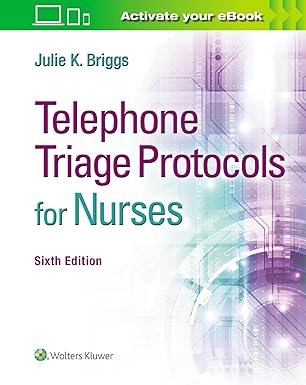
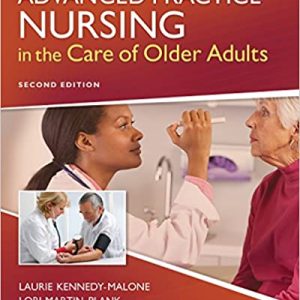
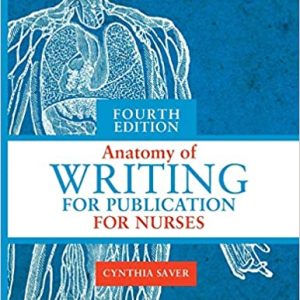

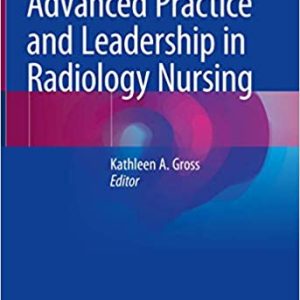


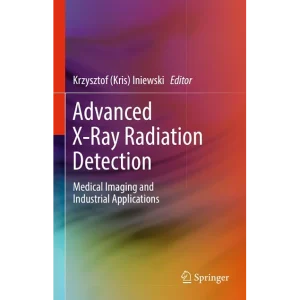


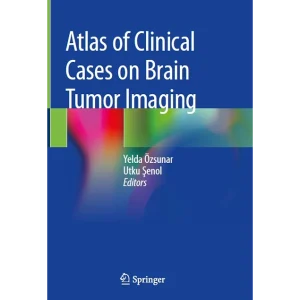
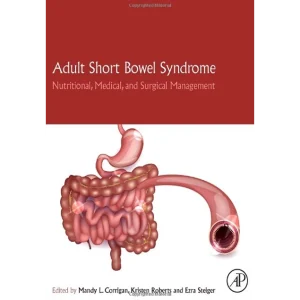







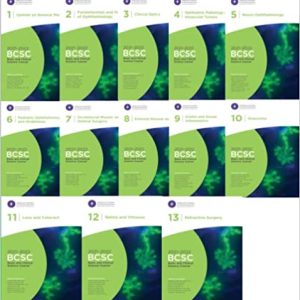
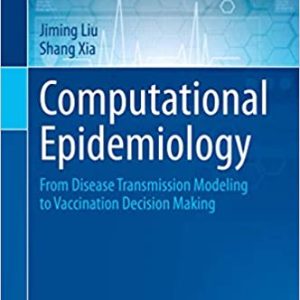
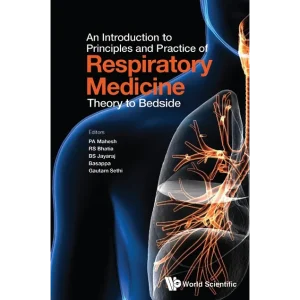
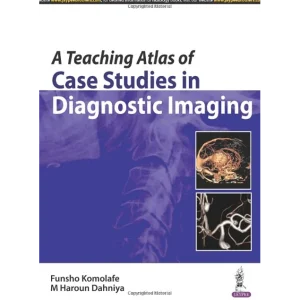
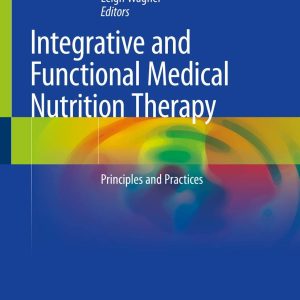
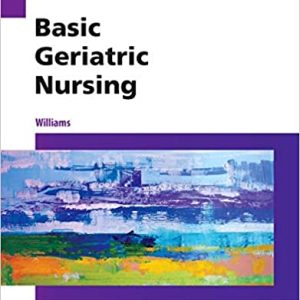
Reviews
There are no reviews yet.